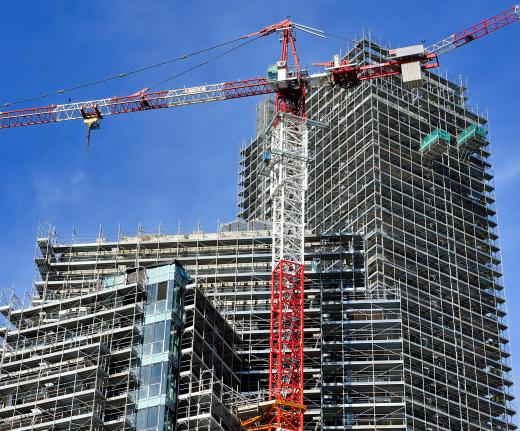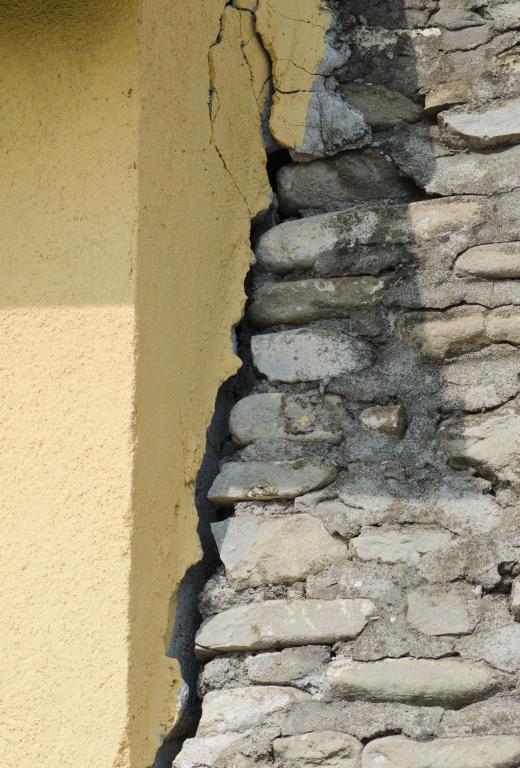Structural failure occurs when a structure, such as a building, collapses or physically fails in some similar way. There are numerous causes of structural failure, both natural and man-made. In some cases, the design or the actual construction of the building may be at fault, while in other cases negligence, overloading, or a natural disaster is the cause. Sensors and mathematical models are employed in building design and maintenance to reduce and monitor the possibility of structural failure.
When a building is constructed, the amount of mechanical strain or stress it is likely to experience is factored into the design. Factors of possible stress include the shape and intended use of the building — for example, a high-rise office building is physically different than a multi-level parking garage or a one-story residential home. Each of these buildings will respond to heavy loads, wind, rain, and earthquakes in a different way.

Material is also important. The steel frames and large amounts of building glass used in skyscrapers, for instance, give these tall buildings the flexibility necessary to withstand the force of high winds. Peaked shingled roofs on houses in cold climates allow snow to slide off rather than accumulating in heavy loads and creating weight that could lead to a roof collapse — a common type of structural failure. Brick buildings, while less susceptible to fire than wood buildings, may be more dangerous in the event of an earthquake, since the heavy masonry may collapse and create a dangerous hazard for those inside.

Structural failure can occur due to a design flaw if those who designed the building did not take into account its location, shape, and intended use. It can also occur due to negligence or misuse of the building — for example, loading it over its intended capacity with people or extra weight from items such as machinery. These cases of building collapse are man-made and can be prevented by modeling the probable strains on the building mathematically during the design process and adhering to these guidelines over the building’s lifetime.

Natural disasters and weather phenomena can often be a more challenging threat. Heavy winds, fire, the weight of rain or snow, and earthquakes can all lead to structural failure. Although these factors are anticipated during design and construction as much as possible, accidents still occur. Unexpected corrosion of a metal framing element due to water seepage can lead to collapse of a structure. Flaws in concrete mixtures used in building foundations can lead to cracking and eventual failure.
In order to mitigate these hazards, engineers often use sensor systems mounted inside the structure. Devices called accelerometers can measure vibration and are used to gauge the function of bridges. Strain gauges and fiber-optics can be used in detecting stress and load-induced damage on structures. These and other related sensor devices help engineers predict and prevent possible structural failure.
